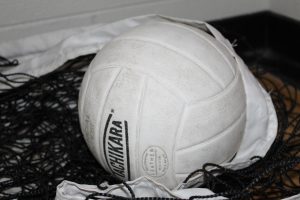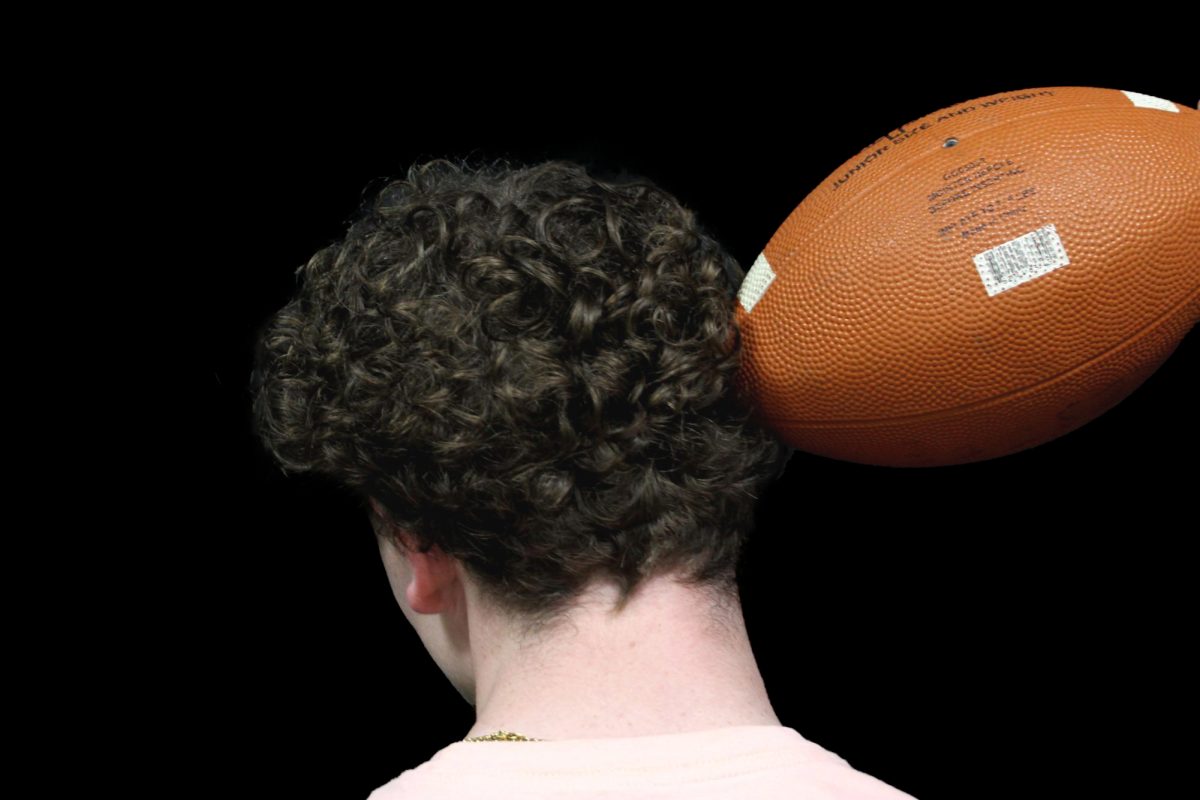School sports such as football, soccer, lacrosse and wrestling are the most prominent causes of Chronic Traumatic Encephalopathy for students, so coaches try their best to prevent injuries among students. Although coaches teach students how not to get concussions during the sport, schools across the country must do more, like also giving repeated warnings and explaining to students and parents about the risks of playing.
According to the Mayo Clinic, CTE is a fatal neurodegenerative brain disorder that occurs when someone has had one or more concussions after a separate concussion hasn’t healed yet. It takes years for the disorder to develop enough to show symptoms. CTE has symptoms such as memory loss, aggression, problems with planning or organizing plans, depression, substance misuse, Parkinsonism, suicidal thoughts and/or behavior and other complications.
Repeating warnings about CTE could save schools from potential lawsuits. According to UPMC, 2:10 student athletes that play contact sports as well as soccer and lacrosse will get concussions this year. They have also estimated that 1.7 million to 3 million student athletes experience a concussion yearly.
Having the warnings required means that even if these children have been getting concussions for the sport, the schools have a lesser likelihood of being charged with negligence, for they have given students the possible risks and consequences. Adamson Ahdoot law mentions that even if schools don’t get sued for negligence, they can still be sued for intentional injury, irrational behavior in students or foul play.
Coaches should also warn and explain neurodegenerative diseases to students because they might not know the sport they are playing can cause such complications. According to Stanford Medicine in Children’s Health, recreational sports account for 21% of all traumatic brain injuries in youth athletes that are 14 or younger. This means that they should especially be warned due to them possibly being less knowledgeable and more prone to injury.
Lastly, if students were warned about and had an explanation of CTE at a young age, they would be able to detect symptoms of their disorder when they get older and save lives. According to the National Library of Medicine, they have stated that 35%-62% of high school and collegiate student-athlete injuries aren’t reported. Warning and explaining it to students of diseases gives them awareness of future complications with the sport, as well as allowing them to get the support that they need.
Some people think that coaches only need to teach kids how not to get concussions. That is wrong because even if coaches do their hardest to make sure students don’t get injured, the risk is always possible. For example, soccer players use their heads to hit the ball in plays. These headers cause a higher risk of player collisions. The head-to-ball impact still causes minor damage to the brain over time. That means that there are some injuries in sports that are unavailable. No matter how much practice they have, risk of CTE is always possible in high and low-impact sports.
No matter what sport students play, they should always know about the risks and future complications that come with it. If these sports even have the slightest chance of getting concussions or cause neurodegenerative diseases such as CTE or Parkinsons, kids should be warned and taught properly to ensure the highest safety for future generations.











